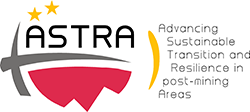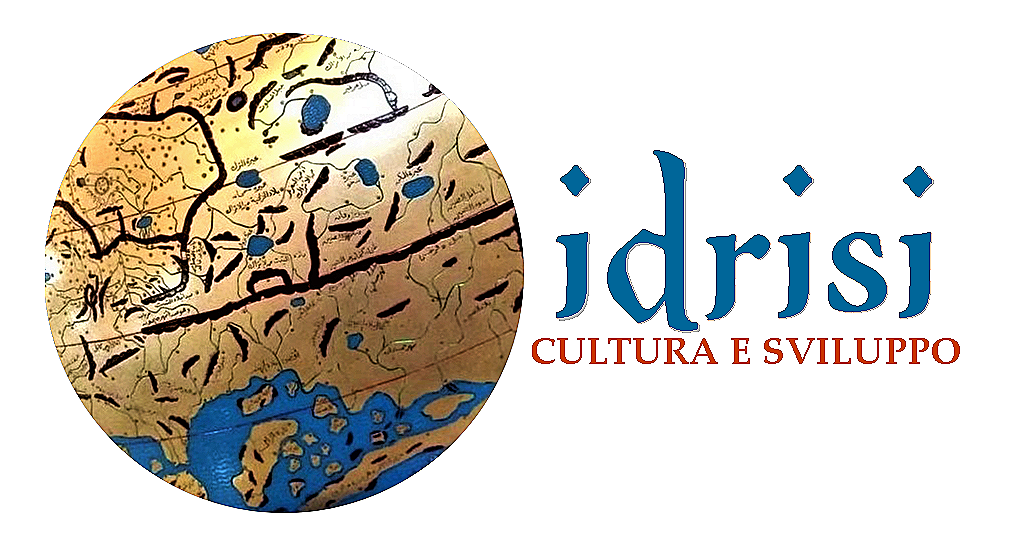A good example of post-mining revitalization through cultural entrepreneurship and museums: Comitini and Casteltermini
Description
Comitini is a very small town in the province of Agrigento, Sicily. Not far from other ASTRA centers of interest, such as Lercara Friddi. However, Comitini has a very ancient history: Roman statio, located along an important commercial road of Ancient Sicily (the one that connected Girgenti to Palermo). Comitini is also particularly famous for having been the setting for numerous literary works, primarily by Pirandello.Even in the works of the famous Sicilian playwright, the mining culture recurs with insistence, significantly characterizing Comitini and its surroundings. This small town in fact represented, throughout the nineteenth century, an almost inexhaustible source of wealth: 70 sulfur mines discovered and immediately put into operation, employing more than 10,000 people. An important political center, Comitini was also the epicenter of anti-Bourbon revolts.
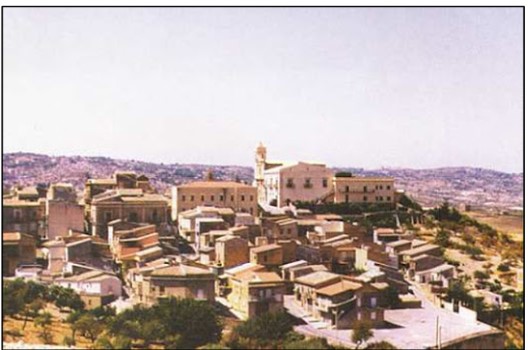
Already founded around the first quarter of the seventeenth century, Comitini expanded thanks to the mine: from a small peasant village to a real productive community.
What is special about Comitini today?
It is one of the few centers to have regenerated its mining and post-industrial heritage, capturing its cultural, tourist, entrepreneurial and self-entrepreneurial potential. Through a meticulous restoration work, the ancient mining area was in fact recovered to start the first real "Parco delle Zolfare" in the Agrigento area: an open-air museum made possible by the fact that, unlike the sites of Lercara Friddi, numerous elements have remained intact: gill ovens, entrances, tunnels, infrastructures.
Comitini is therefore at the center of numerous initiatives aimed at creating a cultural path to rediscover the Sicilian post-mining heritage.
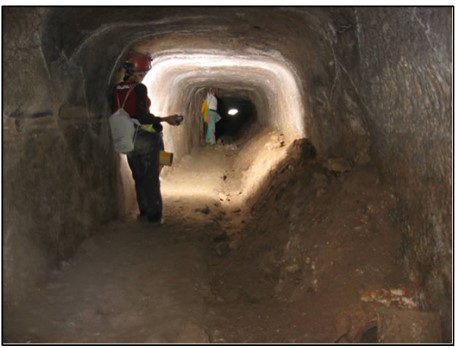
However, this was possible thanks to two elements of a fortuitous nature: the interest of some private individuals, real patrons, as well as an excellent overall condition of the mining sites, which did not require particular investments. Recently, for example, numerous studies and inspections have been carried out on the "Sale" mining site, to evaluate the possibility of visiting caves and galleries.
Nevertheless, what is most interesting here is the use, the validity and the cultural enjoyment of a small site like Comitini: the possibility of visiting, understanding, rediscovering the post-mining heritage in its entirety has allowed us to gather, in the course of the time, numerous visitors, professionals, interested learners and visitors. This has given rise to numerous and cyclical initiatives, including for example the “La via dello zolfo”, a journey to discover the mining heritage of Sicily. Cultural programs focused on the enhancement of the Italian and Sicilian post-industrial and post-mining cultural heritage.
The "La via dello Zolfo" initiative, for example, has the particularity of bringing together numerous schools, stimulating the teaching staff and students through debates, guided tours, outdoor exercises and storytelling, also in accordance with ministerial programs such as school alternation. work.
Furthermore, the post-mining heritage lends itself to other more technical exercises: cataloging, surveying, etc.
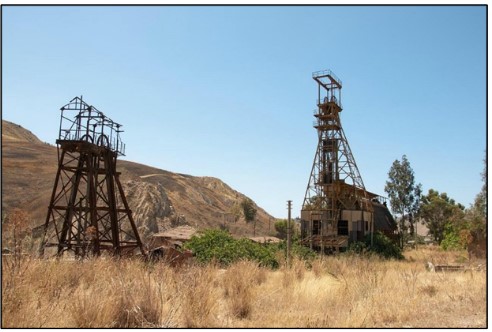
For example: the students of the professional courses in Maintenance and Technical Assistance participated in a training project aimed at the recognition and enhancement of industrial archeology assets, recovering the surviving assets, setting up a museum presentation, designing fruition routes.
Today, therefore, Comitini is part of a wider museum, cultural and naturalistic itinerary, namely the Trabia Tallarita Sulfur Museum of Sommatino and Riesi, originally the largest sulfur mine in the province of Caltanissetta. This network of Sicilian rural centers produced, up to the 1900s, 12% of the sulfur consumed worldwide. A very interesting aspect is the fact that, exceptionally, the Park also includes the original
mining village.
This particular interest in safeguarding a late modern cultural heritage has also allowed the birth of other important centers, for example the Mineralogical Museum of Comitini, almost entirely born from the passion and study of Cutaia, its patron.
Today this museum further enriches the cultural offer of the Comitini area, defining a solid and composite path of use of the territory.
